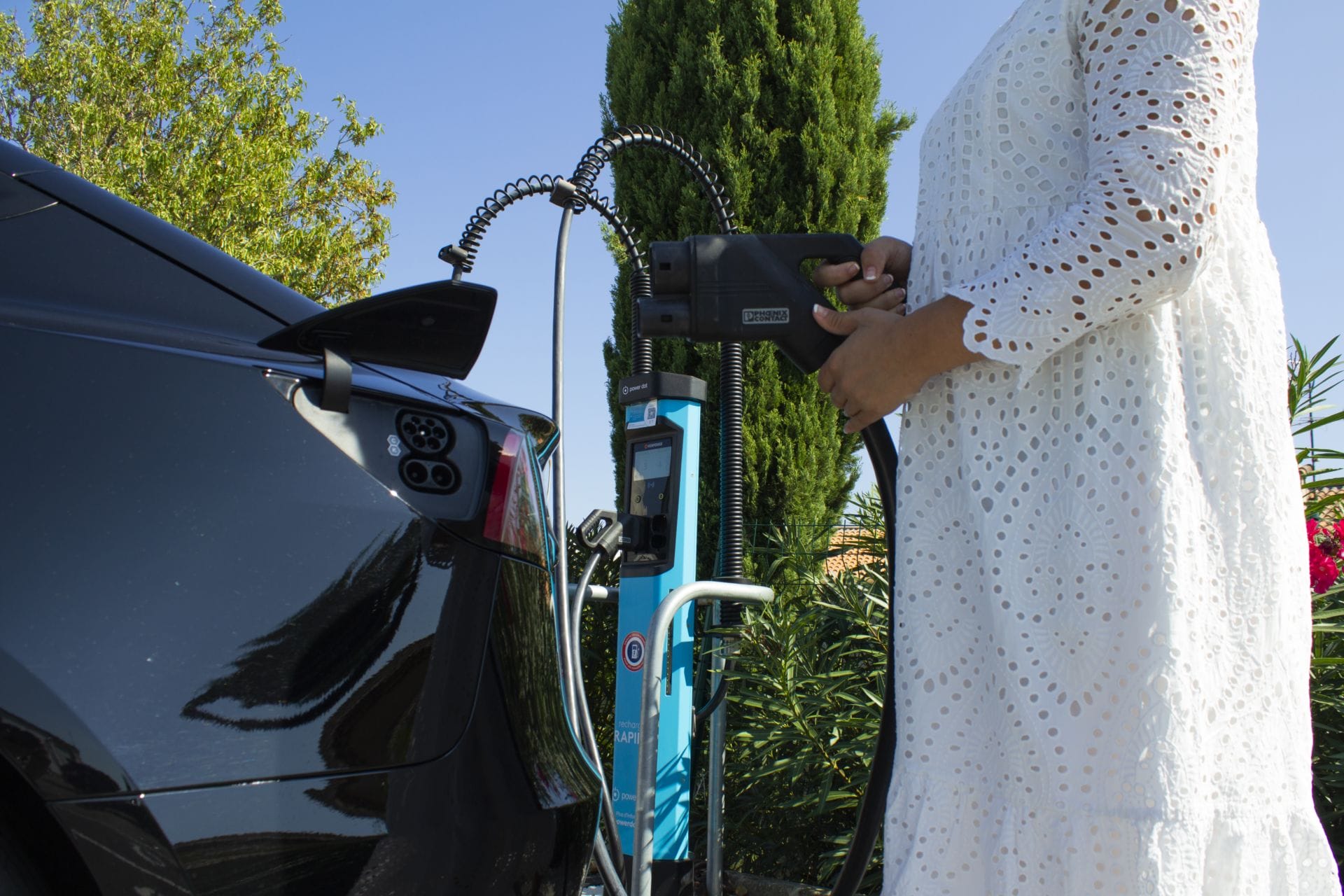
Prioritizing User Experience in EV Charger Design
E-mobility is the future of transportation. With the International Energy Agency reporting that 14% of all new cars sold in 2022 were electric – up from around 9% in 2021 – no one can deny that the electric revolution is well underway.
However, to maintain the EV industry’s momentum, it’s crucial to make the user experience as smooth as possible for drivers. I remember the first time I drove my EV several years ago. Driving was very similar to a traditional car, but when it came to fast charging at a station, it felt completely new. I was unsure how to plug in my car, how to follow the instructions on the interface and how I should pay. I realized then the importance of user experience at the charging point.
I’m just one EV driver in a team of over 600 Kempowerians, so as a company, we understand that the quality of the charging experience can make or break the industry. If prospective drivers are discouraged by reports of bad experiences at a charging station, EV adoption will drop, and the EV revolution will slow. That’s why we make user design a top priority at Kempower.
Designing a positive user experience
We want charging to be as easy, smooth and intuitive as possible. Charging an EV should be a relaxing experience – from arriving at the charging point to driving away. A driver shouldn’t have to overthink and be aware of what’s happening during the entire charging session.
However, our research and personal experiences show that there are several common obstacles to achieving a seamless experience. We’ve dedicated ourselves to solving these problems to ensure an optimal charging experience.
Reliability comes first
Unreliable chargers are one of the most common pain points EV drivers face. Many older chargers cannot serve newer EV models and end up failing. Moreover, once broken, time is wasted identifying and fixing issues. This leads to a very frustrating charging experience for EV drivers, and the frequency of such instances has damaged the e-mobility industry’s reputation.
We do everything we can to keep our chargers running reliably. This starts with our cloud-based charging management system, Kempower ChargEye, which allows us to collect and analyze the data of charging sessions around the globe. We receive this data 24/7, meaning we can spot issues as they happen and fix them remotely.
We also minimize the impact of charging problems by making our charging system modular. If one of our modules fails, the rest of the system continues operations. And thanks to our 24/7 monitoring, our dedicated service team is always on hand to resolve issues quickly.
Our dedication to maintaining the highest reliability standards is reflected in our average charging uptime of over 99%. Any EV driver using a Kempower charger can relax knowing they will not encounter a faulty charger.
Ensuring charging availability
On the other side of the reliability coin is charging availability. A working charger is one thing, but if it isn’t available, that’s no use to the EV driver. According to research from McKinsey, Europe needs to install at least 3.4 million operational public charging points by 2030 to meet demand and avoid long queues at charging stations.
Kempower aims to boost charging availability through our more plugs and more power approach. This strategy involves increasing the number of plugs available at charging stations and boosting the power supplied by our chargers where necessary.
We also guarantee charging availability through our dynamic charging offering. This solution is built into all our chargers, optimizing charging efficiencies when distributing power to all EVs being charged at any charging point at the charging hub. It can also charge at total capacity whenever there’s enough grid capacity, minimizing charging times.
These two approaches are helping us achieve our mission of making queue anxiety a thing of the past.

Intuitive charger design
The final user pain point occurs at the charger. Since passenger EVs first exploded in popularity, more and more new EV drivers are hitting the road daily, many needing to familiarize themselves with the charging experience. Therefore, an intuitive charger design is crucial.
Our charger interface guides drivers through the entire process, prioritizing ease of use and transparency. Before a user plugs in, they can see how much power is available, and after plugging in, simple instructions appear on-screen to guide them through the process. Our Kempower ChargEye software also caters for multiple languages and currencies, ensuring we can serve customers worldwide.
To offer maximum convenience, Kempower ChargEye also displays the charging status to drivers on the charger itself, along with a prediction of how long the session will take to reach a certain battery percentage. Furthermore, our unique QR code functionality allows users to scan a QR code on their phone to bring the charging status with them as they move around the charging site, allowing them to relax away from their car.
Finally, we want to make payment as easy as possible. So many different payment options are available at charging points, so we’ve ensured our technology caters for them all. The Kempower app also shows receipts on the screen, which users can screenshot to make payments as easy as possible.
Data and privacy
How do we anticipate the future needs of EV drivers to build these targeted solutions? The secret lies in the data we collect, harvested by Kempower ChargEye.
Our powerful software gives us 24/7 access to charger data via the cloud, meaning we see everything about how our chargers are used, from the average charging time to the most popular charging locations. For example, analysis of data collected from the Nordics shows that charging sites near large cities, main roads and service stations receive the most traffic. Knowing this, we can help our customers to install more chargers offering more power at these locations.
Furthermore, since the data is location-specific, we can tailor our offerings based on geography. For instance, in Norway, Sunday is a very popular charging day, whereas it seems that in Finland drivers like to do grocery shopping while charging on Fridays. In Norway, EV drivers spend less time charging, as the charging infrastructure is already quite good and there are a lot of experienced EV drivers. Since charging habits clearly differ between locations, our charging solutions must be flexible. Features such as dynamic power distribution and modularity mean our charging infrastructure can be adapted to any situation.
Of course, having access to high amounts of data also comes with risks. We take the security of our systems and customers’ data very seriously. We recently held our first-ever Hack Day at our headquarters in Lahti to put our cybersecurity to the ultimate test. Over thirty ethical hackers tested our system’s security for a full day, identifying areas where we could enhance our security protocols and further develop our capabilities, which we have already put into action.
Optimizing user experience is a continuous process
We understand that customer experience is paramount, so we’ve spent lots of time curating our hardware and software features to make our chargers as user-friendly as possible.
As the EV market continues to grow, the needs of EV drivers will continue to evolve. We plan to continue collaborating with our customers to develop user-friendly solutions and ensure that EV charging remains as easy, smooth and intuitive as possible.

Written by
Paula Savonen
Kempower Vice President of Communications






